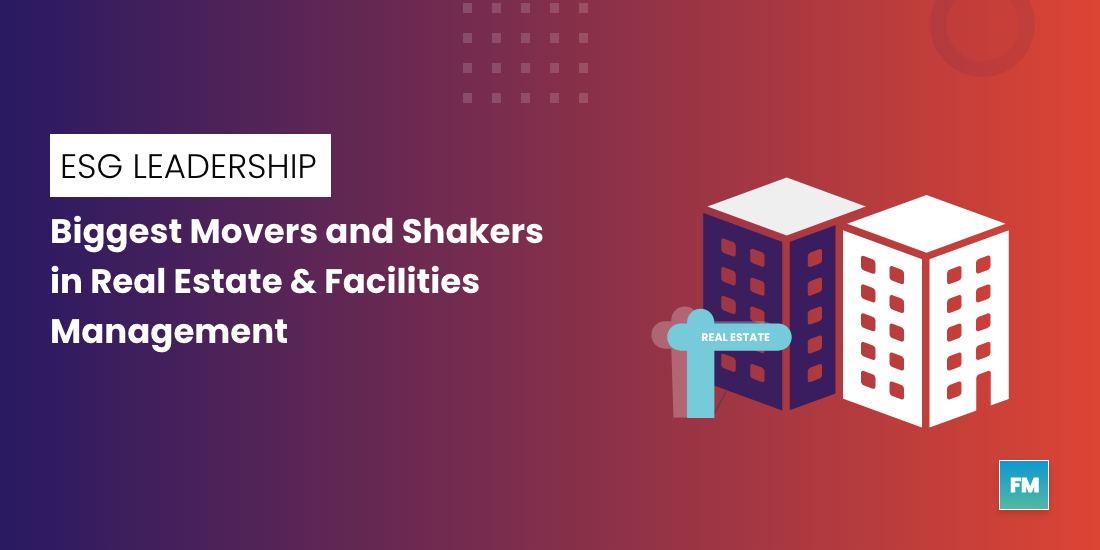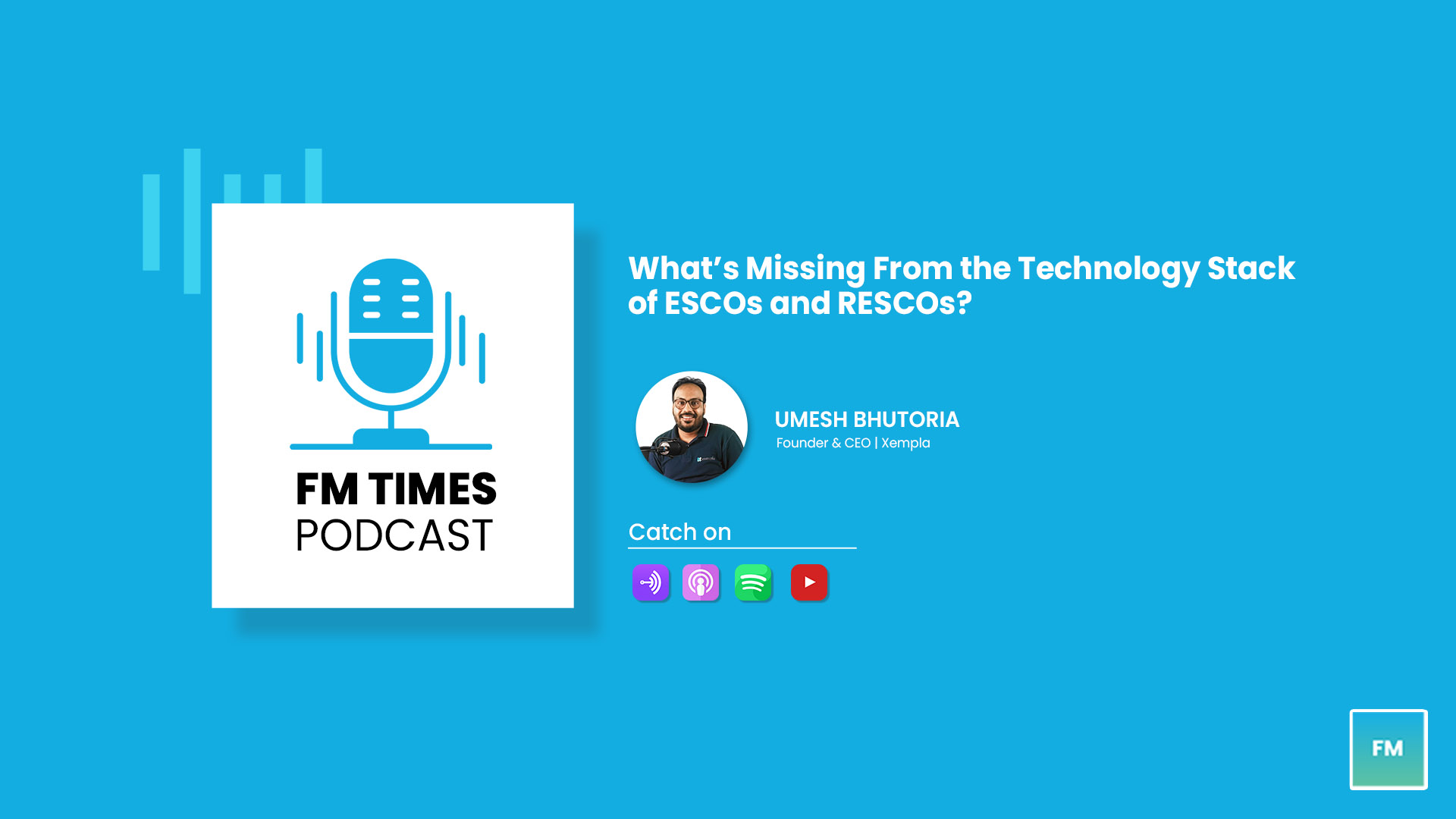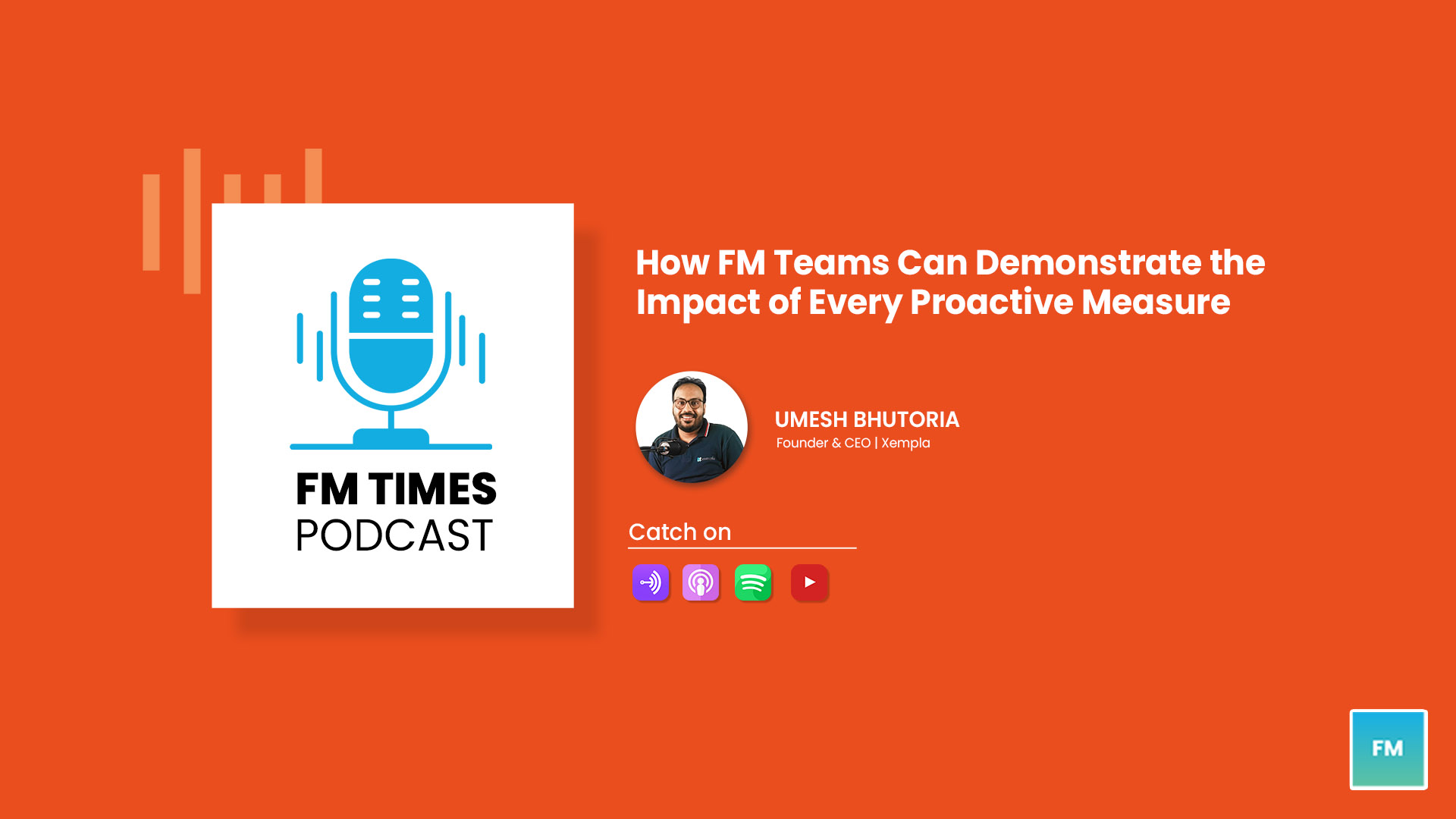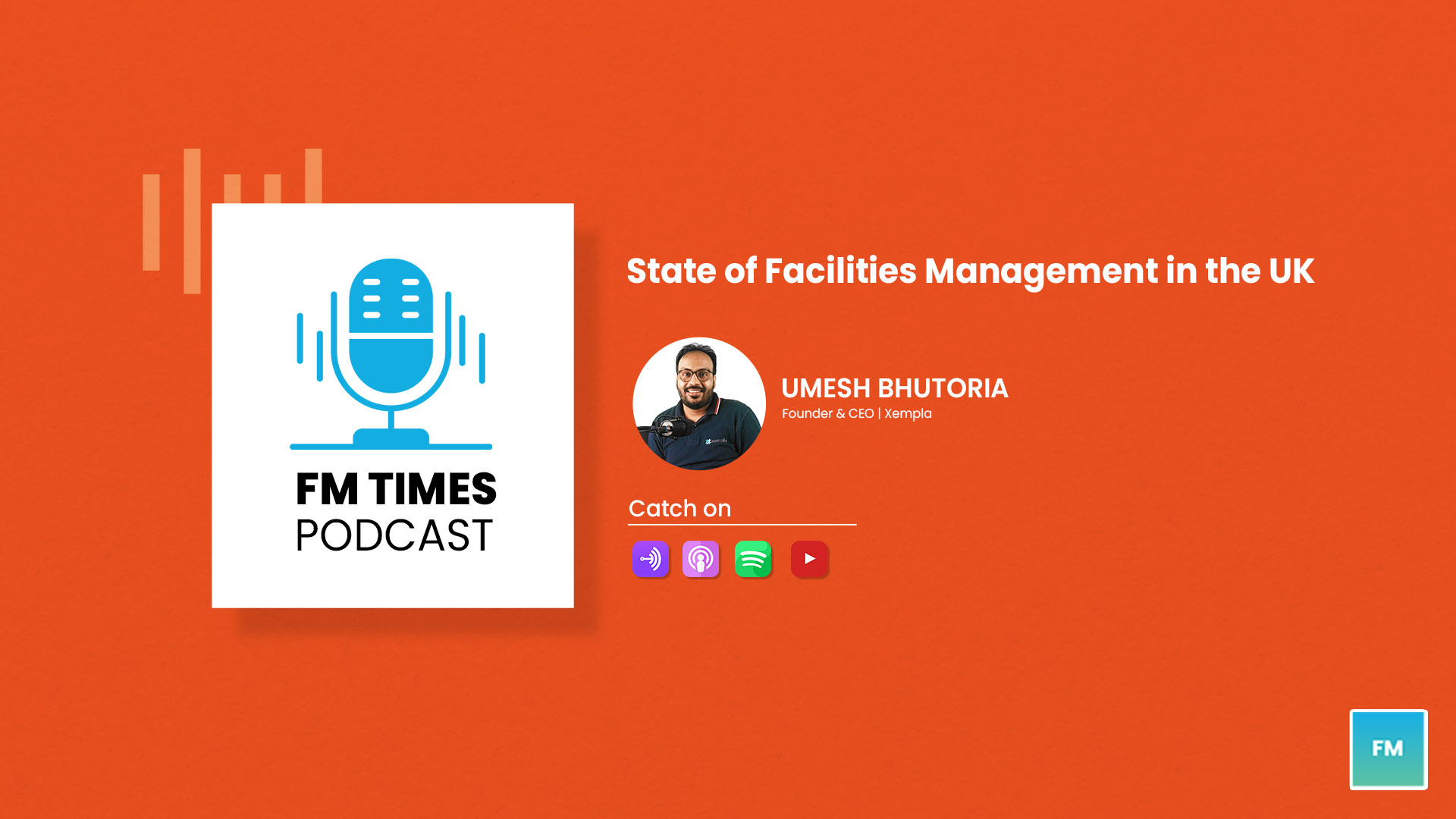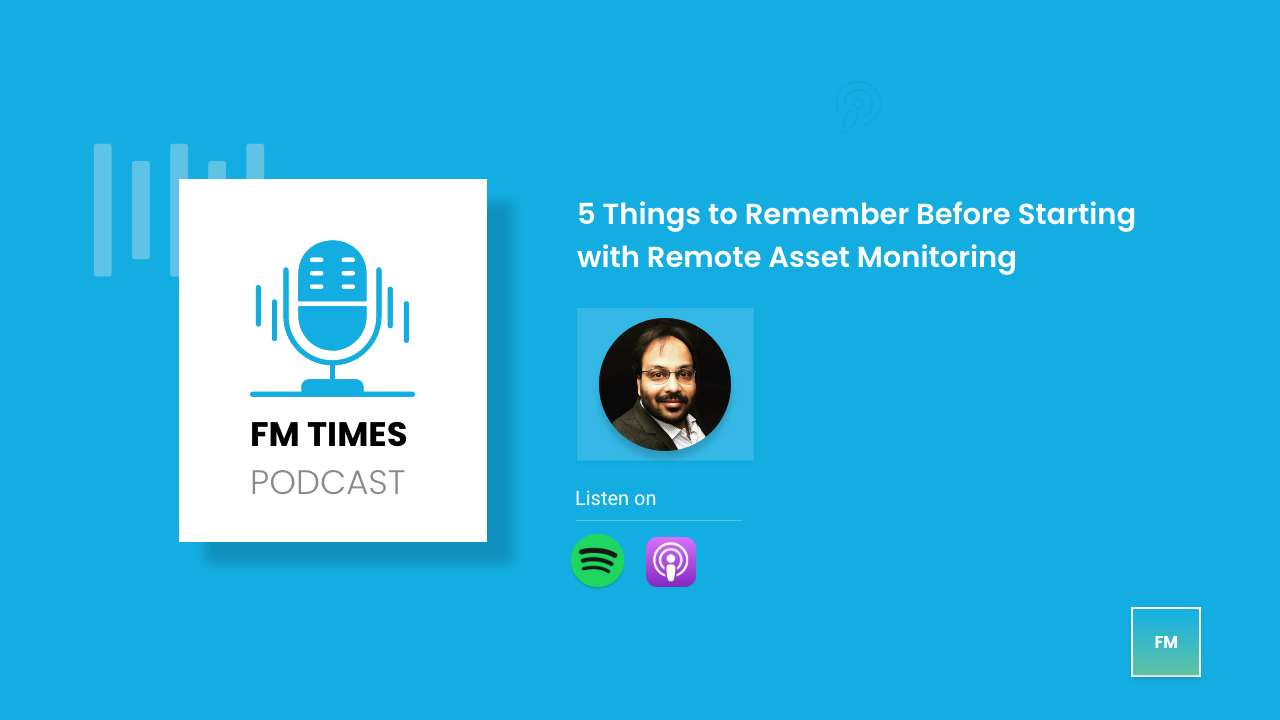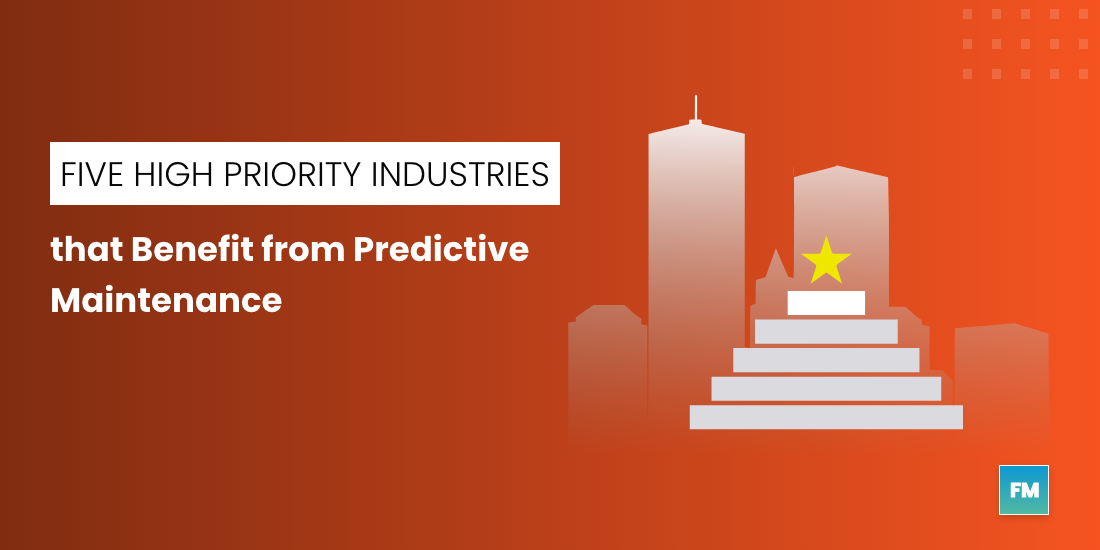Is your approach to facility management largely focused on planning, scheduling, and assigning maintenance tasks at regular, fixed intervals? This approach, called planned preventive maintenance, is still widely used at most facilities. However, in order to further maximise equipment uptime and utilisation rates, many facilities are switching to a newer, more data-driven style of maintenance – predictive maintenance (PdM).
To put things in perspective, the global market for predictive maintenance was valued at $9.15 billion in 2023. The market is now set to grow at a CAGR of 24.2% from 2023 to 2033 and is expected to reach a whopping $79.9 billion by 2033!
The first in a series of four, this article covers:
- the basics of predictive maintenance,
- how it differs from its more traditional counterpart (preventive maintenance),
- some scenarios where it is becoming popular among facilities today,
- how it improves the bottom line for businesses, and
- some questions for you to decide if it’s right for your facility
What is Predictive Maintenance?
As the name suggests, predictive maintenance is a “forward-looking” maintenance strategy designed to predict when an asset needs to be fixed, replaced or when any corrective action needs to be taken to optimise asset performance. Also known as condition-based maintenance, it involves the use of sensors, Internet of Things (IoT), data analytics and other smart building technologies to monitor the condition of assets during day-to-day operations and schedule maintenance before the asset breaks down.
Predictive maintenance has been around in the industrial world since the early 1990s, but its implementation is still fairly low in comparison to more traditional methods like preventive and reactive maintenance. When utilised timely and correctly, PdM can help facilities increase efficiency and productivity, while allowing asset lifespan to be maximised and maintenance costs to reduce over time.
Preventive vs. Predictive Maintenance – What’s the Difference?
Predictive maintenance and preventive maintenance are both proactive approaches, but work toward the same goal of keeping facility assets in best working condition in different ways.
Preventive maintenance is maintenance that takes place on a regular basis irrespective of asset conditions. On the other hand, predictive maintenance is carried out only when it’s needed, depending on asset conditions.
Preventive maintenance is primarily performed on the basis of time-sensitive triggers (i.e. weekly, monthly, or annually), or on the basis of usage (i.e. after every 100 times used).
A downfall of preventive maintenance is that it may lead to doing too much maintenance on an equipment. It relies on the assumption that consistent checking will uncover any faults and give you enough time to correct them before they cause failure. Alternatively, predictive maintenance allows maintenance frequency to be much lower, and at the most convenient and most cost-efficient moment, before the equipment has been compromised.
3 scenarios where predictive maintenance (PdM) is gaining popularity
- Facilities are spread across different geographical locations
Consider a provider of commercial refrigeration storage units to food retailers across the country. Under a preventive maintenance program, workers would be dispatched on a regular basis to inspect the units. This method ignores the potential of anything going wrong in between scheduled visits. In this case, the costs could be high, with emergency repairs, food waste, and lost revenue during downtime bearing heavily on the business .
Under a predictive maintenance program, all units would be fitted with IoT sensors to measure various aspects of their operation, including humidity levels, compressor vibrations, temperature, etc. With real time data analytics indicating when a component is likely to malfunction, a maintenance technician can be dispatched to rectify the problem before it even occurs.
- Facilities have pieces of equipment that are critical in nature or belong to a high-risk industry
Not all pieces of equipment and systems are equally critical to a facility’s operations. Highly critical assets often impact organisational safety, compliance with regulation, cost, or regular business functionality. Failure of these assets can result in major setbacks.
An offshore oil platform, for example, is a high-risk facility that has a number of critical production assets such as heat exchangers, pumps, and compressors. If a problem emerges with any of these assets between routine preventative maintenance inspections, output could be halted permanently, or worker safety could be compromised. Predictive maintenance, on the other hand, allows you to detect any anomalies in the performance of these critical assets and instantly alerts you to an impending failure.
- Asset owners want a more cost-effective approach to maintenance
Early detection of equipment faults provides a number of advantages. These include reducing downtime, preventing last-minute emergency repairs, and prolonging the usable life of your equipment. So, for asset owners looking to save money for the company, PdM is a better option than preventive maintenance.
Predictive maintenance can also increase productivity, and eliminate as much as 30% of all time-based preventive maintenance tasks. Preventive maintenance can sometimes accelerate failure of asset components, since disassembling and/or reassembling can potentially increase the probability of a future breakdown. This becomes especially critical in situations where downtime can be disastrous, product/service delivery quality is at stake, and machinery replacement costs are extremely high.
Does predictive maintenance really pay off?
According to Gartner, decision automation in the form of predictive maintenance will offer the most business value for heavy asset enterprises.
A report by Deloitte confirms that, on average, predictive maintenance improves productivity by 25%, and slashes maintenance planning time by 20-50%. It also reduces equipment breakdowns by 70% and increases equipment uptime by 10-20%.
Further, research from the US Department of Energy shows that a successful predictive maintenance program can result in a 10 times increase in ROI, a 25-30% reduction in maintenance costs, and a 35-45% reduction in downtime.
Is predictive maintenance the right choice for your facility?
Predictive maintenance requires significant investment in terms of capital, technology, and personnel training. While these investments may appear intimidating to a company, the ROI on PdM typically transcends any initial costs. To decide if it is the right choice for you, ask yourself the following questions:
- What is the estimated value of my facility assets or equipment?
- Are the assets critical to business operations and continuity?
- What do past records reflect in terms of downtime, faults, losses, and potential safety hazards?
- Is my company currently able to afford or invest in predictive maintenance technologies or experts?
If your answers to these questions match the three scenarios we discussed in this article, you should focus on implementing a predictive maintenance software for asset management at your facility.
Want to read more on predictive maintenance? Head over to the next article in this series!

